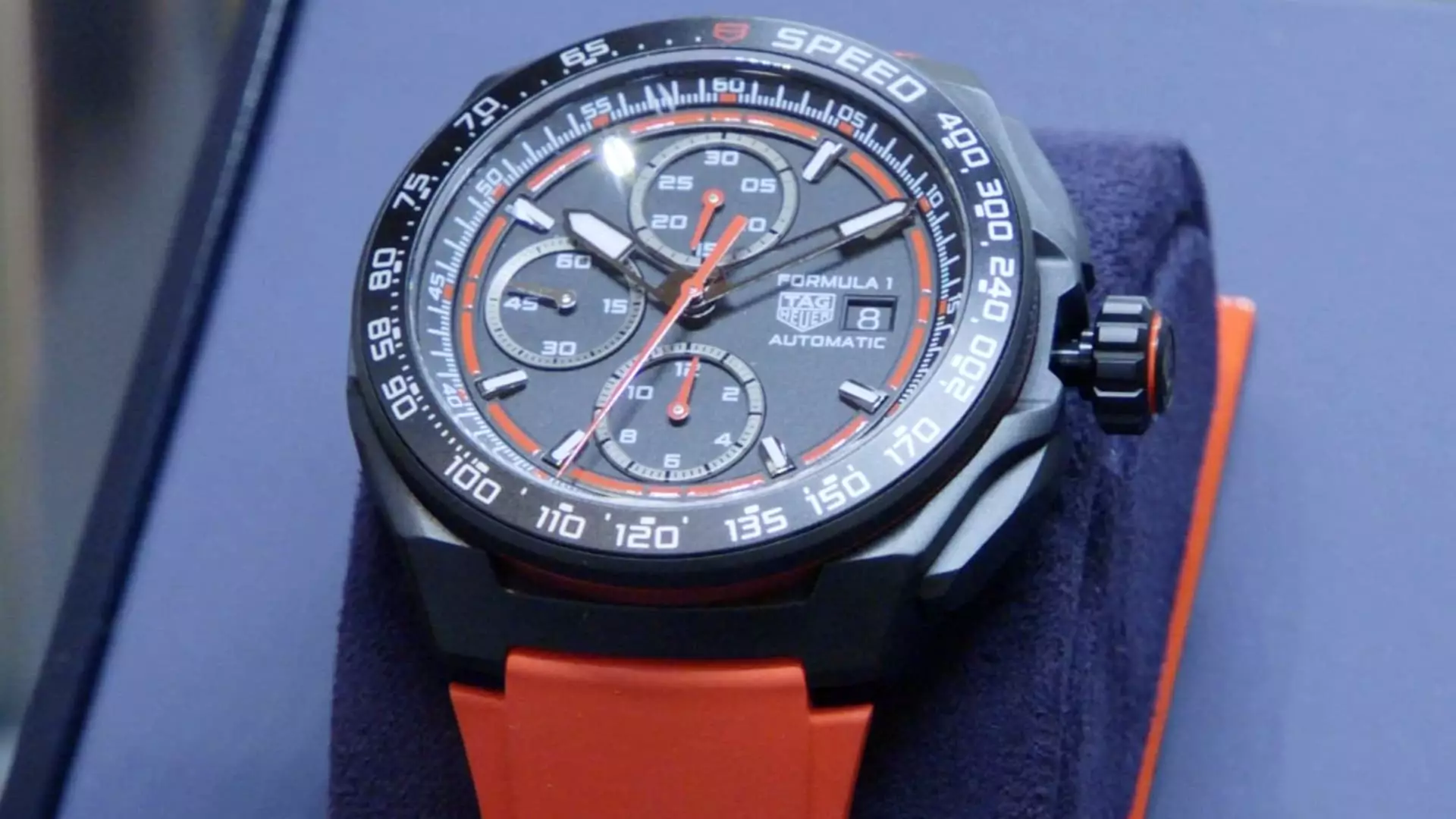The luxury goods sector, notably watches and jewelry, experienced a turbulent year characterized by declining sales. However, recent reports from LVMH, the global leader in luxury goods, indicate a notable rebound in this segment, igniting optimism among industry leaders. The latest earnings call revealed a 3% increase in sales for the watches and jewelry group, contrasting sharply with declines observed in other sectors such as fashion and leather goods (-1%) and wine and spirits (-8%). This article delves into the driving forces behind this resurgence and the potential challenges that lie ahead.
One of the most significant factors contributing to the resurgence of LVMH’s watch and jewelry sales is the renewed consumer confidence emanating from the affluent American demographic. The CEOs of brands under LVMH, including Bulgari and Tiffany & Co., expressed optimism about the growing demand for luxury items in both the U.S. and Europe. This shift can be partially attributed to the economic clarity emerging from the recent U.S. presidential election, which has fostered a more positive outlook among the wealthy class.
Jean-Christophe Babin, CEO of Bulgari, emphasized his surprise at the strong sales momentum at the beginning of the year, exemplifying the unexpected nature of this rebound. The luxury market is witnessing a transformation, where an increasing number of consumers are prioritizing unique craftsmanship and high-end products, which they perceive as worthy investments.
In anticipation of a strong 2025, luxury watchmakers are not remaining passive. They are focusing on innovative product launches that appeal to both collectors and general consumers alike. Louis Vuitton has introduced the “Tambour Taiko Spin Time” collection, which creatively merges modern aesthetics with nostalgic design elements. Similarly, the Géral Genta line has unveiled the stunning “Gentissima Oursin Fire Opal” watch, crafted from exquisite Mexican opals. This commitment to high-quality craftsmanship and unique design is designed to elevate Louis Vuitton’s reputation in the competitive world of luxury watchmaking, as Jean Arnault noted.
The instant success of TAG Heuer’s new Formula 1 collection, directly tied to its partnership with the racing giant, reflects the dynamic and fast-paced nature of luxury marketing today. The role of social media in amplifying brand messaging and gauging consumer reactions cannot be overstated. The rapid consumer response to partnerships and new releases signifies the evolving dynamics within the luxury segment, where timely and impactful branding strategies can significantly affect sales.
Tiffany & Co. is experiencing an impressive transformation, marked by a 9% increase in same-store sales. The company’s flagship store on Fifth Avenue in New York has become a significant attraction, bolstered by strategic renovations that enhance the luxury shopping experience. The introduction of unique offerings, such as the Blue Box Cafe and exclusive VIP suites, reflects a broader trend within luxury retail to elevate customer experience.
Since becoming a part of LVMH, Tiffany’s average price point has doubled, reflecting a strategic focus on high-end jewelry. This upward trajectory in pricing is a calculated move to cater to a clientele willing to spend more, thus reshaping the brand’s market positioning. The success of the “hardware” collection, particularly high-priced items like the gold chain-link necklace, demonstrates how effectively Tiffany & Co. is tapping into market segments that prioritize exclusivity and luxury.
Despite the positive outlook, LVMH executives recognize that external risks remain a looming concern. The specter of potential U.S. tariffs on luxury goods, particularly those imported from Europe and Switzerland, poses a sizable unknown. Tariffs could disrupt the finely balanced luxury market, pushing consumers to seek more favorable purchasing conditions abroad, especially amidst a favorable exchange rate for dollar-based consumers traveling to Europe.
Conversely, the rising purchasing power of women globally is reshaping the luxury customer base. CEO Babin of Bulgari points out the demographic shift as women increasingly buy luxury goods for themselves rather than relying on male gift-givers. This evolution highlights a significant cultural change in luxury purchasing trends and emphasizes the need for brands to adapt their marketing strategies accordingly.
As LVMH’s watch and jewelry brands embark on this promising journey toward 2025, the key to sustained success lies in navigating the intricate landscape of consumer preferences, innovative product offerings, and potential geopolitical shifts. The luxury sector is at a transformative juncture, with leaders like LVMH poised to capitalize on emerging trends. However, they must remain vigilant against potential challenges, ensuring that they continue to resonate with a changing and discerning clientele. The combination of strategic foresight and responsiveness to market dynamics will determine the trajectory of luxury sales in the coming years.

